
In December 2002, the United Nations General Assembly declared May 21 as the World Day for Cultural Diversity for Dialogue and Development, to help communities understand the value and richness of cultural diversity, learn how to be inclusive, live together in harmony and achieve prosperity in a sustainable way.
I have been an Inclusion & Diversity champion at my organisation, took part in the “Power of Diversity” week celebrations every year, explored on this topic, out of personal interest and wanted to journal a few of my learnings over the last few years.
My understanding of diversity during my young age was through the school textbook lesson “Unity in Diversity.” During the initial years of my career, I thought it was all about having an inclusive environment for people from various cultures and also for people with disabilities. The companies I worked with over the last few years, made conscious efforts to create awareness on how to appreciate Diversity and be Inclusive of people from various cultures, social status, people with disabilities, people from LGBTQIA+ community, different generations and other diverse backgrounds. These efforts have helped me better understand what Diversity, Equity, Inclusion and Belonging means, enabling me to create psychological safety, inclusive environment, and appreciate people from diverse backgrounds, for who they are.
Diversity: The presence of differences within a given setting. Each individual is unique. In the workplace, that can mean differences in race, ethnicity, gender, gender identity, sexual orientation, age and socioeconomic class. It can also refer to differences in physical ability, veteran status, whether or not you have kids — all of those are components of diversity. When we think of diversity in the workplace, we often think of physical, visible differences. However, it’s important to be mindful of diversity of thought. “From a business standpoint, different perspectives directly influence a product — how it’s made, who it serves, how it functions and so on. More perspectives make for a better product.” People from diverse backgrounds with varying life experiences can thrive personally and professionally.
Equity: The act of ensuring that processes and programs are impartial, fair and provide equal possible outcomes for every individual. Equity takes into account the fact that not everybody is starting at the same level.
Inclusion: Attitudes and behaviours that create a place where people of diverse backgrounds and perspectives feel a sense of belonging. This means that everyone feels comfortable and supported by the organization when it comes to being their authentic selves. In a truly inclusive environment, everyone is valued, welcomed and appreciated, for who they are.
Browsing the internet on diversity, I understand that three-quarters of the world’s major conflicts have a cultural dimension. Helping people understand and accept different cultures and creating an inclusive mindset is necessary for peace, stability and sustainable development.
“Just as natural diversity is vital to sustain ecosystems, cultural diversity is the lifeblood of vibrant societies. Cultural diversity provides fresh ideas and perspectives that enrich our lives in countless ways, allowing us all to grow and thrive together. A culturally diverse classroom is not only more inclusive, it boosts student learning and achievement. A culturally diverse workplace is not only more innovative, it is also more productive and economically profitable.” – Irina Bokova, Director General – UNESCO
A few things I learned during the “Power of Diversity” week celebrations:
One of the wonderful talks I had listened to was by Frans Johansson, in the year 2020, where he spoke on how the Medici family funded people from diverse backgrounds, which accidently led to the Renaissance. The speaker uses the Medici effect as a metaphor for teams to flourish, by deliberately bringing different cultures together in order to create more productivity through the intersection of different ideas, experiences, backgrounds and beliefs.
Nurturing Diversity of Thoughts – Dr Aarti Ramasami
- Organization as network of conversations. What are the conversations you are having/encouraging?
- Leveraging Polarities. How do you find synergies in differences?
Inclusion in Action – Rafal Ohme
- New skills for the hybrid world: Ability to Adapt (agility), Social, Emotional & Technological skills.
- Emotional Intelligence is a feature the AI will not have.
- Mirror neurons – helps to feel the emotions of others and sense their intentions.
- Loneliness & depression would be the most important threat in the digital world.
- Reward yourself as often as possible.
- Socialise. Wait for no occasion to celebrate. In a few cultures, people don’t wait for an occasion. They meet in the middle of the week to have dinner together.
- Life policy – social relationships will support, motivate and make you happy.
- Physical proximity becomes a privilege in a hybrid world. Dining together at work would become a privilege. Oxytocin reduces cortisol levels. Gives enormous pleasure. It enhances immunological systems.
- “Social people, who meet regularly in a regular group, even to eat together and gossip, have a better chance of living longer than those who quit smoking, lose weight or exercise regularly” – Susan Pinker, The Village Effect
Using the Power of Diversity to Drive Innovation – Navi Radjou
Congruence – Alignment to harmony. Does your workforce diversity reflect growing market diversity.
Best Practice #1: Create change agents to shift culture on all levels.
Ref: Chevron Partners with Catalyst to Advance Gender Equality
Best Practice #2: Reframe what you unconsciously perceive as weakness in others as super strengths.
Ref: Neurodiverse Like Me. How SAP’s Autism at Work program helped… | by Carrie Hall
Best Practice #3: Create communities of passion that unites diverse people based on shared interests.
Ex: Communities of Passion at the design company, Frog.
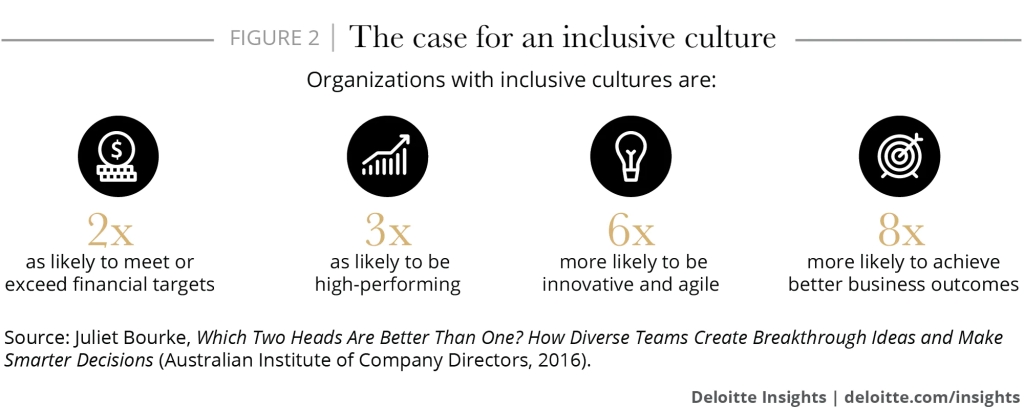


Acting on Inclusion – Arriving At A Place Of Belonging – Dr Curtis Odom.
- Think of your employees as people first. They should feel a sense of belonging.
- People struggle with “speak up” because people struggle with feeling uncomfortable.
- The tell-tale sign: when the most vocal people become silent.
- Inclusion is a behaviour. Cultivate a culture of inclusion.
- Create a culture of belonging.
- Leaders are the culture.
- “Belonging requires the safety to believe that, “I matter.” To matter, we must know that our mistakes, our misconceptions, and our misgivings have room for grace. I believe that grace is one of the most powerful tools a leader can have.”
- A tender heart and a compassionate disposition can also make a great leader.
- Micro Affirm
- Bring people into conversation
- Ask for their opinion
- Recognize their achievements and vocalize
- Take personal interest in someone’s personal life
- And most importantly, be an ally when you see others being treated unfairly
- Reverse mentoring as a tool . Listen to people. Ask questions. Be curious.
Provide psychological safety, give credit, find the gaps, provide wellbeing support. Foster an environment where everyone can ‘Speak Up’ and speak their minds
“Psychological safety in the workplace means that every single person in an organisation is able to bring their whole self to work. No hiding, no censoring and no pretending to be someone else. From this space, people communicate and collaborate effectively, and a culture of curiosity and creativity is cultivated.” – Gina Battye, Consultant & Trainer.
In this short article Mike Robbins explains, how a lack of “…psychological safety makes it difficult for the group or company to thrive and perform at their highest level because people are holding back some of who they really are.” If I feel included, I feel welcomed. I can be me and bring the best everyday.
Also had the opportunity to listen to Mr. Siddharth Jayakumar. Couldn’t compile the notes. You can listen to his talks here: http://siddharthjayakumar.com/about-siddharth
Recognizing Privilege – Social Inequalities Explained in a $100 Race
‘Working hard’ doesn’t necessarily mean that you don’t also benefit from privilege afforded by race, gender, economic wealth, education, access to healthcare – the most effective way to address it, is to recognise that it exists!
- Privilege is not the suggestion that a person has never struggled and that everything they have accomplished is unearned. Instead, privilege should be viewed as a built-in advantage, separate from one’s level of income or effort.
- Privilege is greater access to social power and resources available to some people because of their social group membership; an advantage, or immunity granted to or enjoyed above other groups. It is often invisible to those who have it.
“Privilege isn’t about what you’ve gone through, it’s about what you haven’t had to go through.” Janaya Khan, Co-founder of BLM Toronto
Most of us have some form of privilege. We can all, in one way or another, step up as an ally to someone else.
Being an Ally
An Ally is an individual who speaks out and stands up for a person or group that is targeted and discriminated against. An Ally works to end oppression by supporting and advocating for people who are stigmatised, discriminated against or treated unfairly.
Allies may come from dominant or majority groups or from other oppressed groups and still use their sphere of influence to effect positive change for others. Regardless of background or motivation, all allies are united by the common belief that everyone deserves equal treatment.
“At its highest point, inclusion is expressed as feeling confident and inspired.”

During the celebration of World Day for Cultural Diversity, at office, colleagues from across the world shared their cultural uniqueness, festivals, customs, traditions, attire, food, language, music, sports…etc., which was all a sheer pleasure to read. I wanted to present one story that I cherished the most:
“The culture of respect is one of the most important values in Japanese society. It is reflected in Japanese language, manners and customs. We have a national holiday called “Respect for the aged day” in September, to honour elderly people. Many people send gifts to grandparents, and sometimes elder people in the community to show respect and wish for long and healthy life.” – from a fellow colleague.
Before closing, I also wanted to share my cultural story. Born in an agricultural family, I have had a very humble beginning and spent my childhood in a village in Tamil Nadu, India. We speak Tamil and the customary attire for us are the Pudavai, Veshti, and Sattai. We eat rice-based foods. The breakfast most farmers in our locality had was predominantly the Palaya Soru (fermented rice from the previous days left over) and occasionally Upma, Idli or Dosai. We also have a local signature dish called Arisiyum Paruppum Saadham (Ariseem Paruppu). The important festivals we celebrate at home are Pongal (farmers thanking the God after the harvest), Deepavali (festivals of lights, celebrating the defeating of demons) and the local village festivals.
I was lucky enough to clear an entrance test, was granted scholarship and studied from class 6 to class 12, in a military public school and hence am a beneficiary of Equity & Social Justice. The good education I received also created better opportunities later in life, which has been a Privilege. Also, having good friends & relatives, whose support helped me come out of turbulent times is a Privilege. Gratitude 🙂
******
Here are a few simple things that YOU can personally do to celebrate the World Day for Cultural Diversity for Dialogue and Development:
- Visit an art exhibit or a museum dedicated to other cultures
- Learn about another religion
- Plan an international movie night
- Listen to a musical tradition from a different culture
- Play a sport related to a different culture
- Invite a friend over and cook traditional food
- Learn about traditional celebrations from other cultures
- Volunteer with an organization working for diversity and inclusion
- Learn another language
- Spread the word around you, family, friends and invite people from a different culture to share your customs.
Book Recommendations:

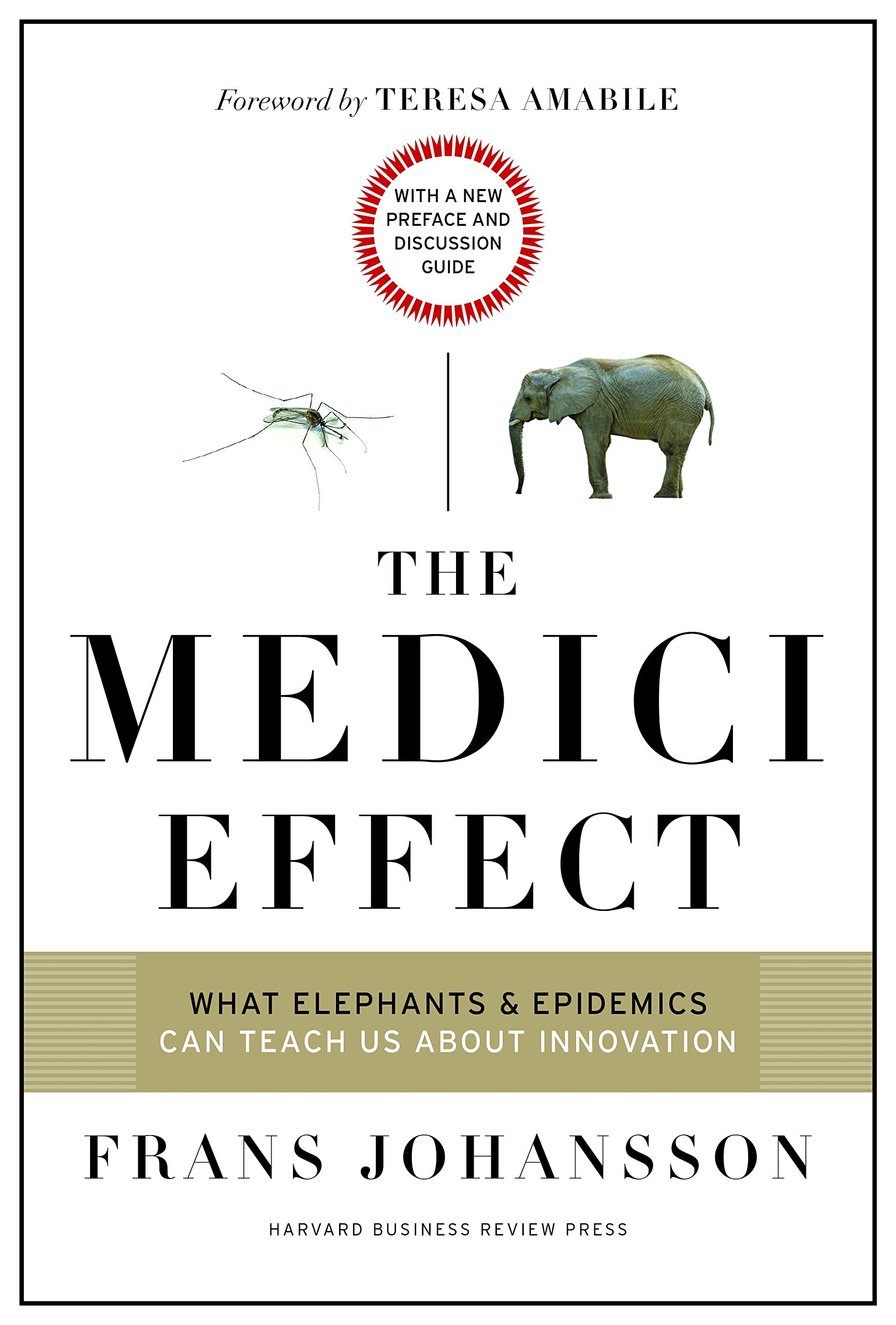
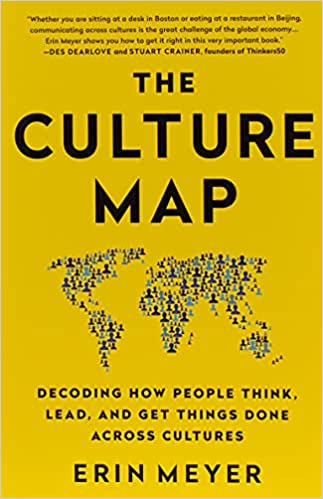
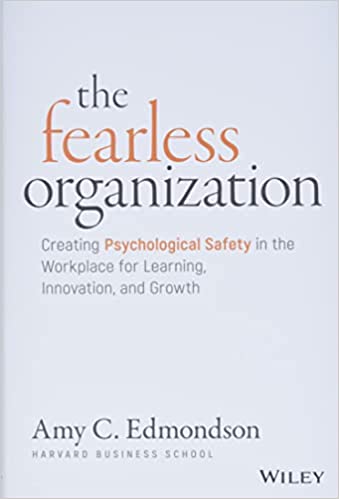
References & a wealth of resources:
Diversity, Equity, and Inclusion Glossary
List of Cognitive Biases – Wikipedia
World Day for Cultural Diversity for Dialogue and Development – UN
World Day for Cultural Diversity for Dialogue and Development – Wikipedia
Keri Norris: Hiding in Plain Sight: What’s Missing in Health Equity | TED Talk
Do Your Employees Feel Respected? – HBR
5 Terms You Should Learn to Become a Better Ally – HBR
Melinda Briana Epler: 3 ways to be a better ally in the workplace | TED Talk
Allyship: What It Means to Be an Ally in Social Work
How to Be a Mental Health Ally – HBR
A blueprint for diversity in the workplace | TED Talks
Peggy McIntosh: How to recognize your white privilege — and use it to fight inequality | TED Talk
What is “normal” and what is “different”? | TED Talk
Emily Quinn: The way we think about biological sex is wrong | TED Talk
UNESCO and Sustainable Development Goals
How diversity, equity, and inclusion (DE&I) matter | McKinsey
The diversity and inclusion revolution: Eight powerful truths Deloitte Review, issue 22
Sex Redefined: The Idea of 2 Sexes Is Overly Simplistic – Scientific American
Workforce DEI: 12 Steps Every Company Should Take
What Does Diversity, Equity and Inclusion (DEI) Mean in the Workplace?
How To Create Belonging In The Workplace Without Undermining Diversity
She Coined the Term ‘Intersectionality’ Over 30 Years Ago. Here’s What It Means to Her Today
How science is helping us understand gender
Kimberlé Crenshaw on What Intersectionality Means Today | Time
Kimberlé Crenshaw and Lady Phyll Talk Intersectionality, Solidarity, and Self-Care — UKBP
The Digital Teacher: Schools : Let’s talk about Cultural Diversity for Dialogue and Development
Should You Put Pronouns In Email Signatures And Social Media Bios?
Why I Put Pronouns on my Email Signature?
100 Powerful Diversity And Inclusion Quotes for a Stronger Company Culture
How Diversity of Thought Can Fit into Your DEI Strategy
Hiding in Plain Sight: What’s Missing in Health Equity | Keri Norris | TEDxEmory
Keri Norris: Hiding in Plain Sight: What’s Missing in Health Equity | TED Talk
Melinda Briana Epler: 3 ways to be a better ally in the workplace | TED Talk
Be Kind, Be Inclusive, Be an Ally, Create a Safe Space 🙂
Addendum:

June – the Pride Month brings us an opportunity to educate ourselves, empathize, be an Ally, and be kinder to all.
July – the Disability Pride Month, celebrates disabled persons embracing their disabilities as integral parts of who they are, reclaiming visibility in public and interacting fully with their disabilities out in the open, and rejecting shame and internalized ableism. AmeriDisability describes Disability Pride as “accepting and honoring each person’s uniqueness and seeing it as a natural and beautiful part of human diversity” and connects it to the larger movement for disability justice.
A few more notes from the Power of Diversity events of 2022:
Health Equity – everyone has fair opportunity to be healthy.
Bias can be a big barrier to inclusion.
Supplier diversity programs open doors, creates socio-economic impact with a fairer economy and fairer distribution of wealth, by maximising opportunities to the less privileged or businesses owned by under represented population. IMPACT: Creates a positive chain reaction. Improves the entire community that was disadvantaged.
Being inclusive is embracing everyone. When everyone is included, everyone wins.
We need equity because not everyone is starting at the same point in life. Some people cant use stairs and need some equitable access. Accessibility.
Equity means widening the gate not lowering the bar. Equity is not reverse discrimination.
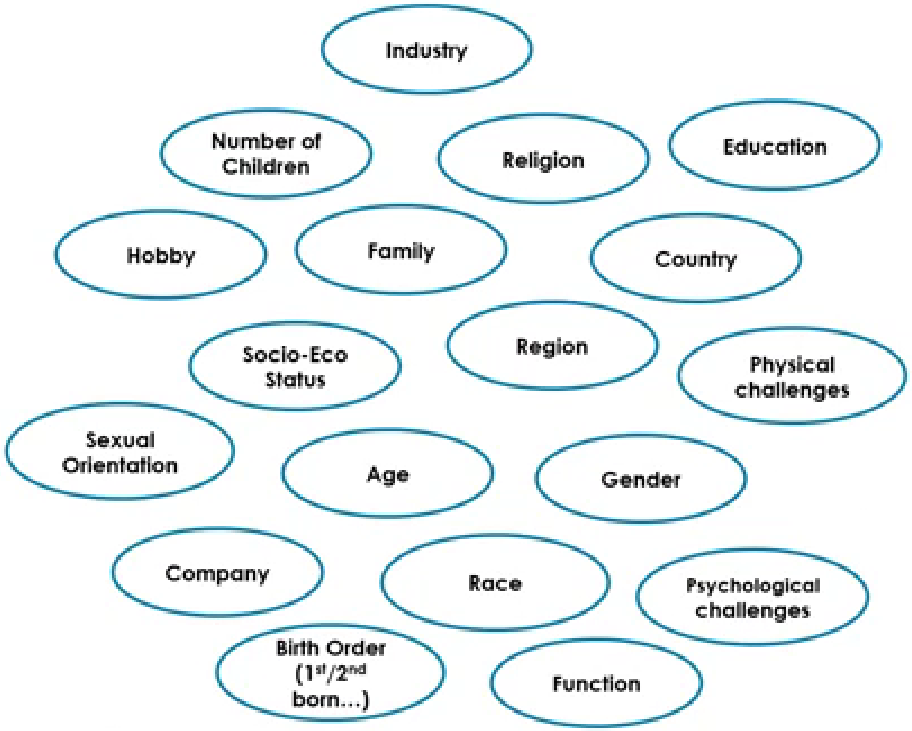
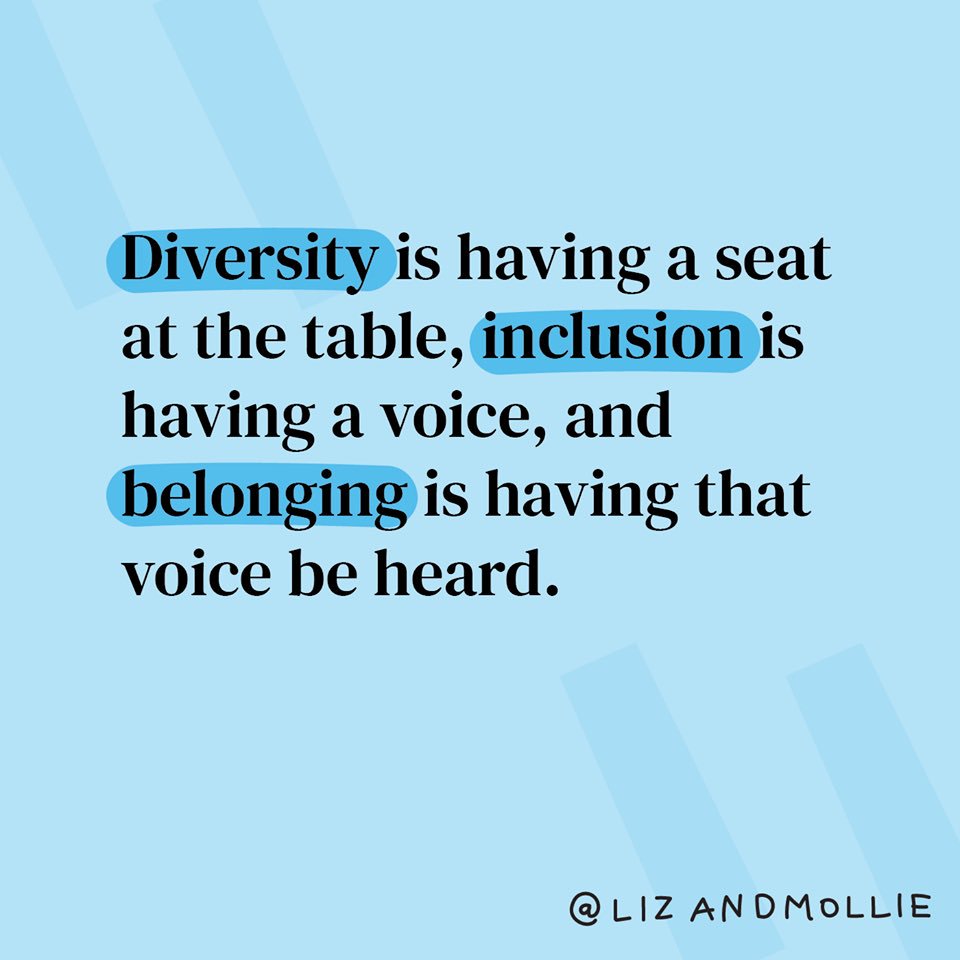
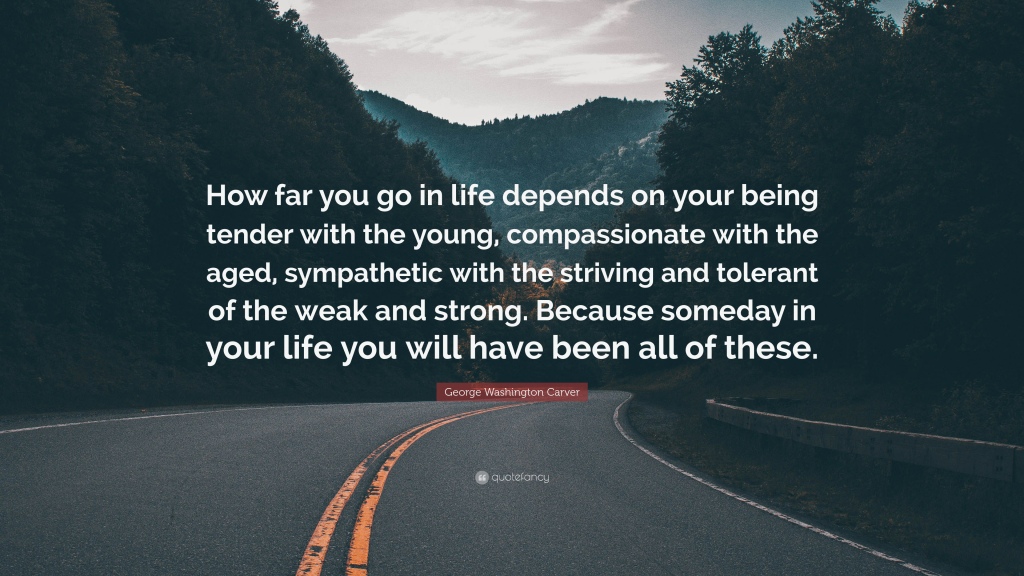

Awesome article covering the pulse of diversity in our environment. It was a pleasure to read through your article Ashok Prabhu.
Thank you for taking time to read, and the feedback sir 🙂